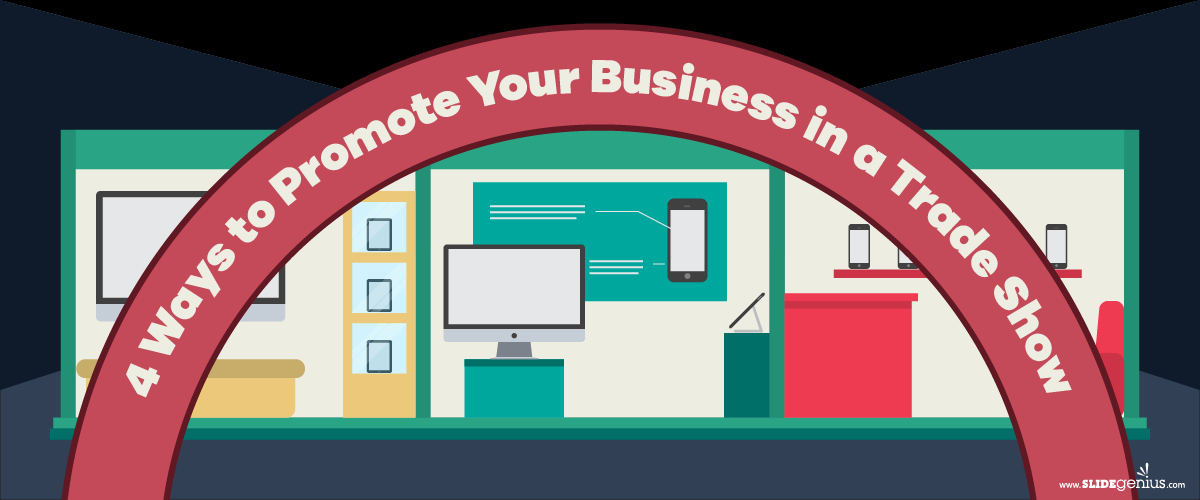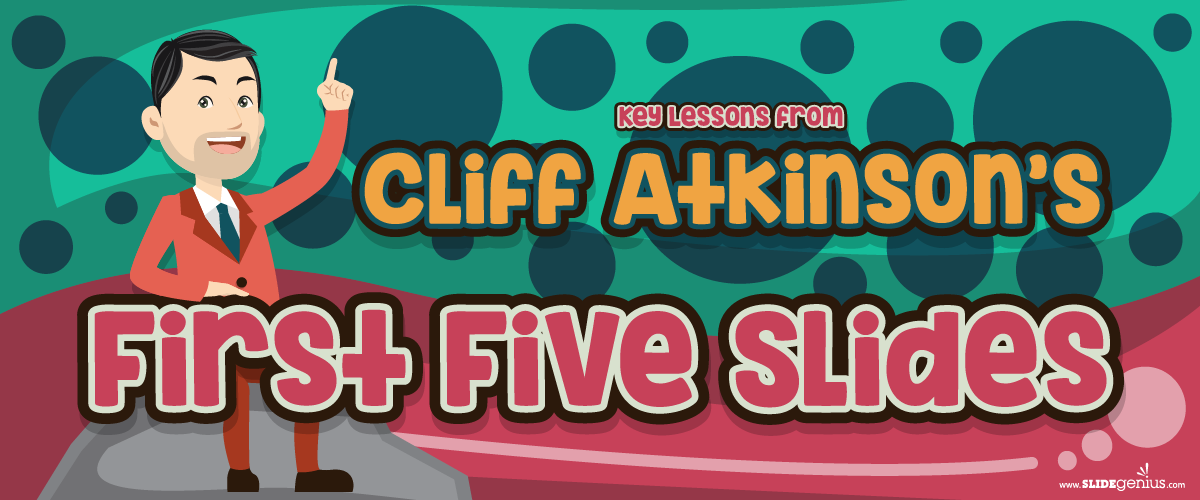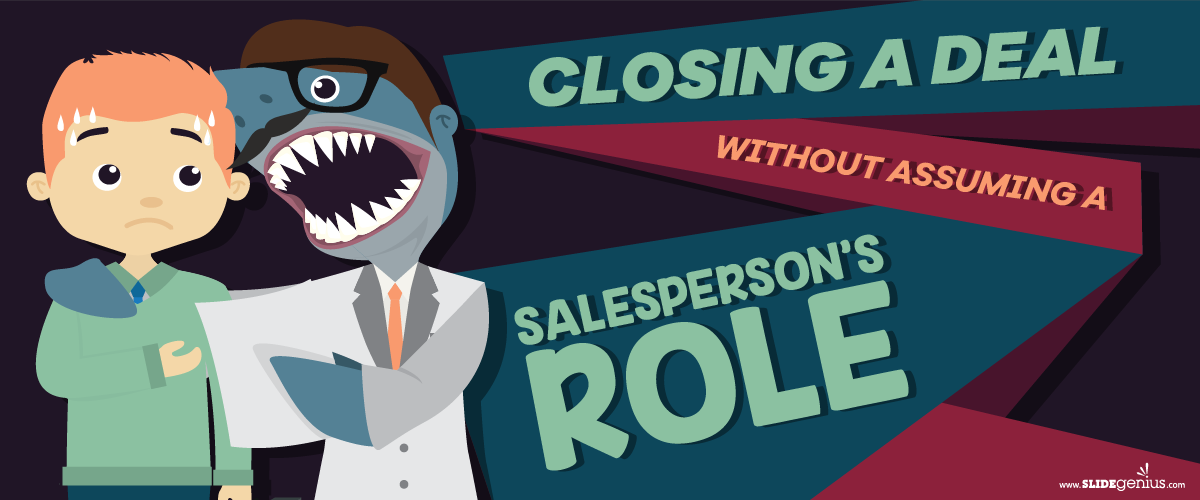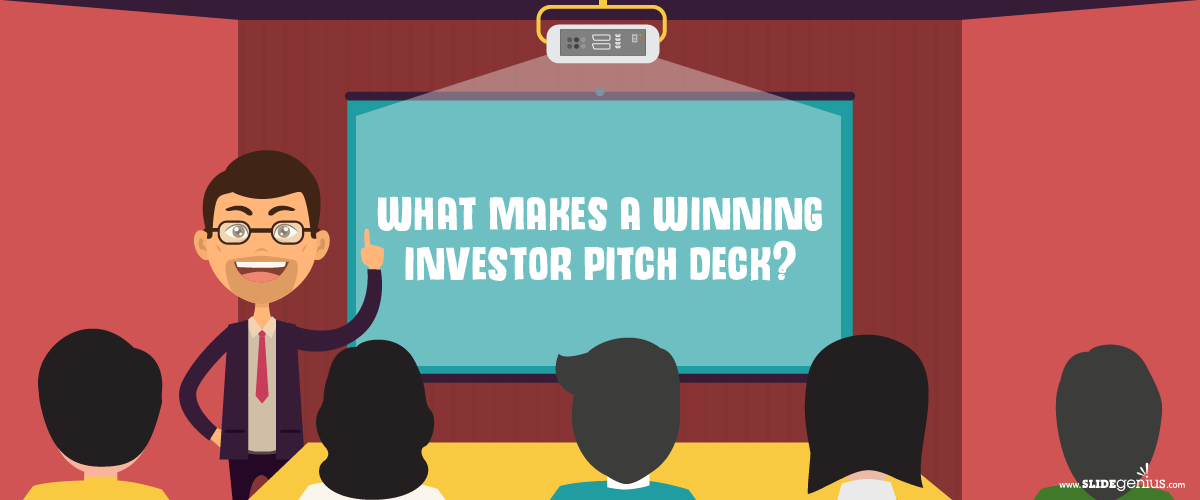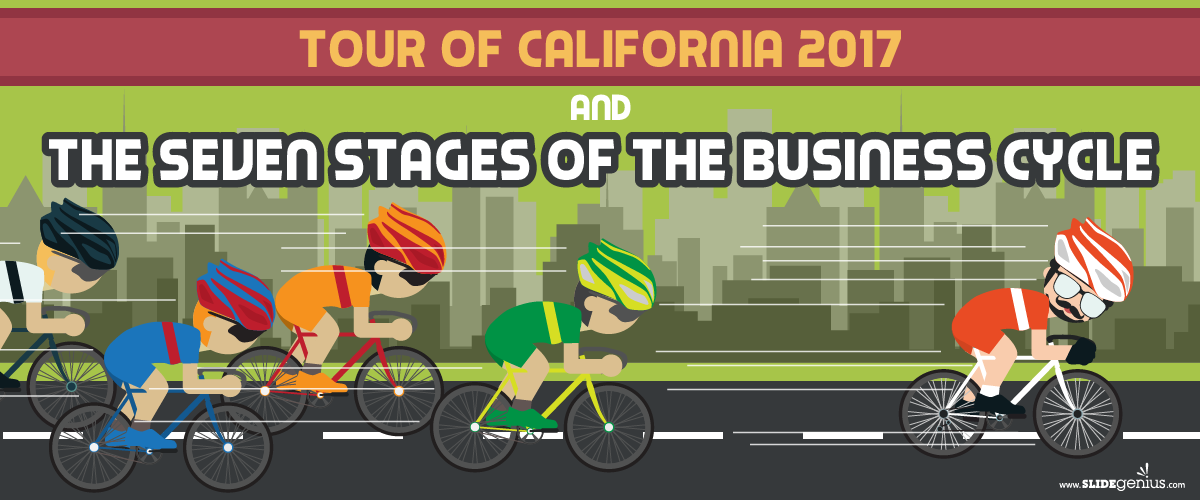
If you’ve been in direct sales, then you know what it’s like to: 1) get the initial attention of a potential buyer, 2) maintain said attention on you, 3) promote your product, 4) keep the customer from walking away, 5) end your spiel, 6) somehow manage to induce your prospect to purchase your offer, and 7) thank your buyer and end the transaction. Rinse and repeat. Of course, this may be a gross, basic oversimplification of the whole process, but the main steps are there.Let’s face it: even if trained salespeople have gone through the cycle hundreds of times, it’s statistically impossible that they have a 100 percent success rate. The next best thing is to reduce the number of naysayers. But how does that work when people are turned off by sales talk? By playing on their psyche.Let’s be clear: this isn’t manipulating their minds into buying what you’re offering but rather talking to them and making them see the benefits of having your product. For that, you must know what you’re about to go up against.
Types of Customers
Depending on who you talk to, there are generally four types of customers. Retail expert Rick Segel segregates them as The Director (likes to take charge), The Analytical (analyzes the finer details), The Relater (knows someone from everywhere), and The Socializer (loves to build relationships).In a HubSpot article, Leslie Ye classifies customers as Assertive, Amiable, Expressive, and Analytic. While there are obvious similarities between Segel’s and Ye’s lists, i.e., Assertive and The Director and Amiable and The Socializer, the difference is that Ye has the Expressive that lean more on how a purchase affects customers and those around them.With those laid down, how do you sell to them? The following are the bottom lines.
Appeal to Emotions
Knowing how to deal with diverse customers is the basic of sealing a deal. By pleasing them despite their very different natures, you satisfy a golden rule in sales: making them happier. And that leads to better experiences. Basically, good customer service equals great customer experience.For your part, flexibility is always welcome. With the multitude of people coming through the door, you’re bound to find yourself in a conversation with your potential client, and you’re expected to be able to cater to their personalities. Got an Assertive type? Cut to the chase, lay the down the facts, and don’t waste their time. Got the Socializer? Then by all means, socialize with them. Engage them in a friendly conversation and build that relationship.In those ways, you can show them that you’re not taking a one-track-mind approach and considering only the profit of a sale. Make them feel that their trust and loyalty are the best things you can have.
Appeal to Aspirations
There are people who buy because of impulse, while there are those who carefully plan their expenses. Despite these—or perhaps because of these—sellers often don’t consider the far future and are only concentrated on the moment.Rather than doing that, though, when you’re having a conversation with your potential buyer, cater to their present needs and show how your product can provide a “better” future. After that, maybe they can present an easier manner of how people around them work or a more efficient way of doing things just because of their simple purchase. By meeting that expectation, you enrich how people view themselves and give them the opportunity to do something good.This subconscious aspiration to be respected—that sense and level of self-esteem—is always good to enrich because this is one way you get your clients to trust you.
Conclusion
Over the years and after many refinements in the art and techniques of selling, most people have their defenses up. They turn a deaf ear to blatant sales talks and a blind eye to obvious schemes. In short, don’t underestimate your potential clients.People are more aware of the mind games, so these don’t work anymore. So, what do you do? Be human when you do your sales talk. Instead of putting up a wall between seller and buyer, do your best to connect with your customer. Being honest and genuine are traits most people look for in a relationship, so why don’t you start that chain? You’ve nothing to lose and much more to gain.
Resources:
Corbett, Barr. “The Best Sales Pitch Ever.” Fizzle. November 16. www.fizzle.co/sparkline/the-best-sales-pitch-everDachis, Adam. “How to Plant Ideas in Someone’s Mind.” Lifehacker. October 21, 2014. www.lifehacker.com/5715912/how-to-plant-ideas-in-someones-mindSegel, Rick. “4 Types of Customers and How to Sell to Each of Them.” Business Know-How. n.d. www.businessknowhow.com/marketing/personalities.htmYe, Leslie. “How to Sell to 4 Different Personality Types.” HubSpot. December 13, 2016. blog.hubspot.com/sales/how-to-sell-to-different-personality-types“Mind Games: Can We Use Psychology to Grow Sales?” Pharmacy Magazine. July 31, 2015. www.frontshop.co.za/mind-games-can-we-use-psychology-to-grow-sales“The Rule of Esteem – How Praise Releases Energy.” Westside Toastmasters. n.d. www.westsidetoastmasters.com/resources/laws_persuasion/chap12.html
